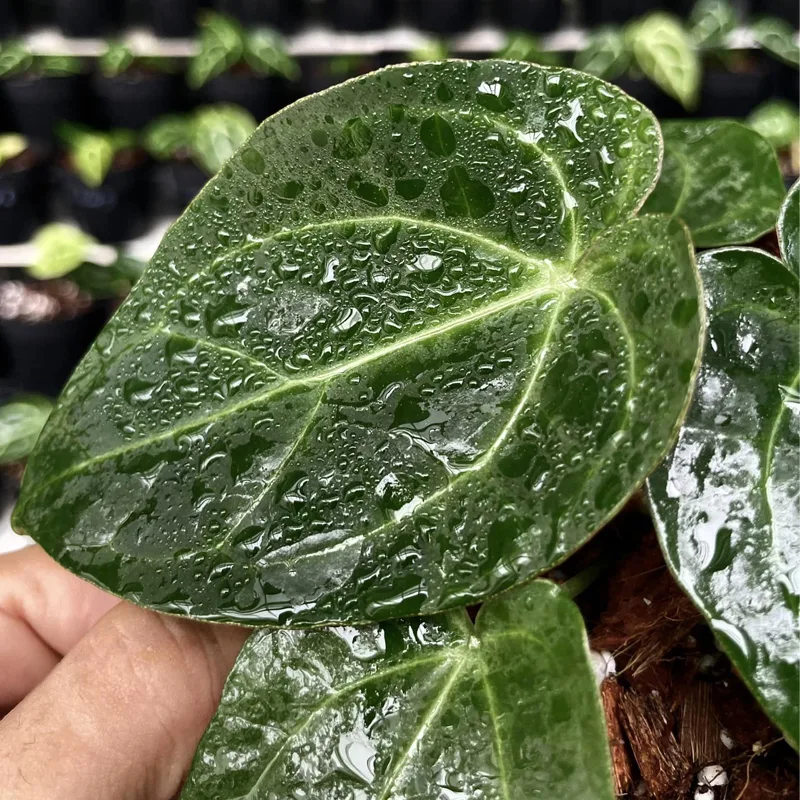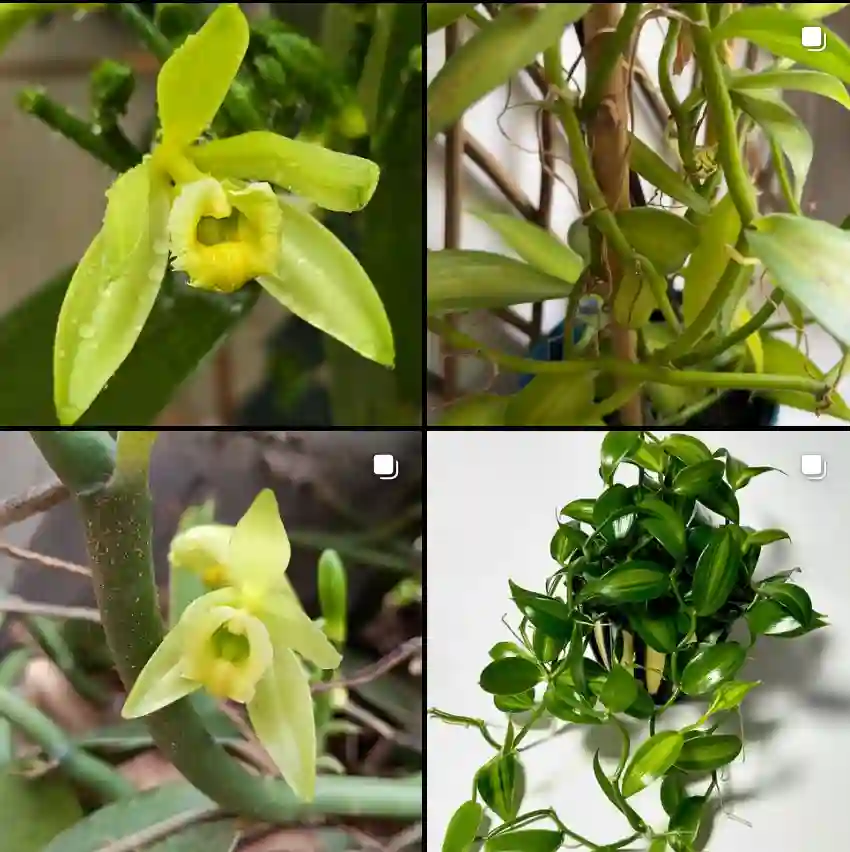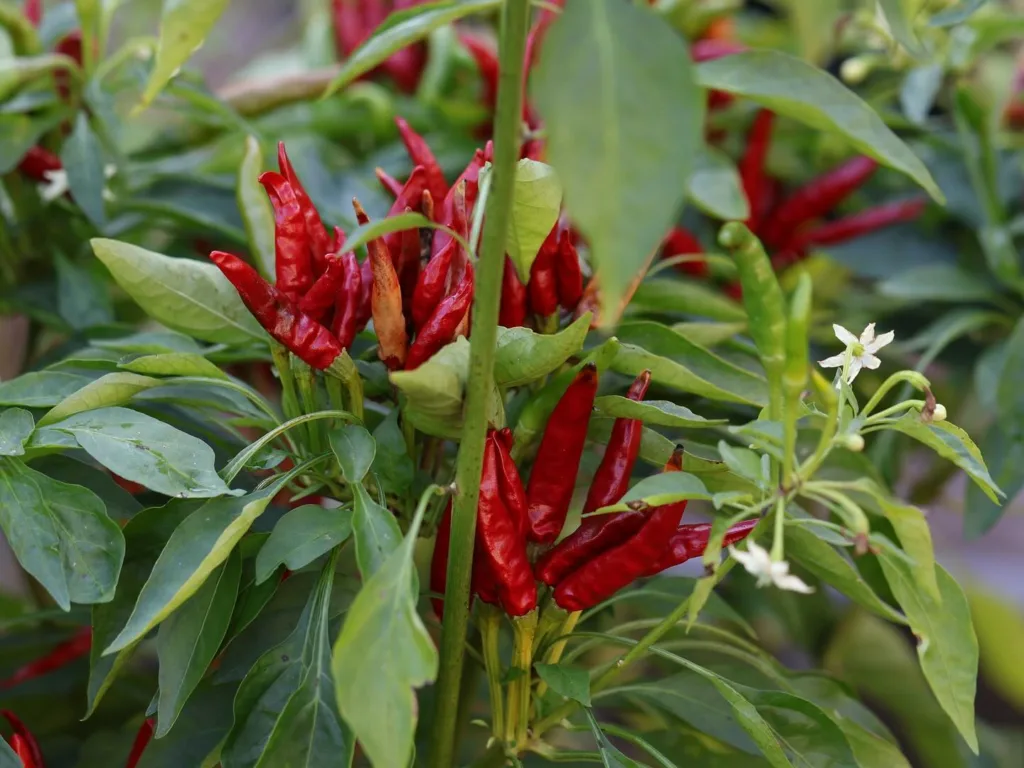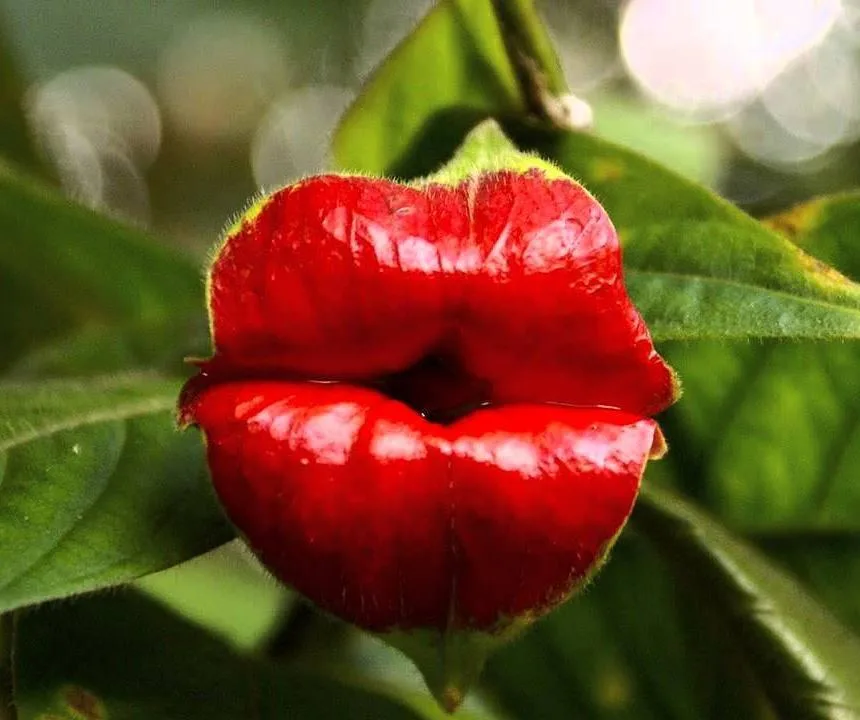
FAQs About Lagerstroemia Natchez
Lagerstroemia Natchez is a remarkable plant, often celebrated for its stunning appearance and resilience. Having grown this beauty in my own garden, I’ve encountered various questions about it. Here’s a comprehensive guide to answering the most frequently asked questions about Lagerstroemia Natchez.
49 Species in Genus Lagerstroemia
What Is Lagerstroemia Natchez?
Lagerstroemia Natchez, commonly known as the Natchez Crepe Myrtle, is a deciduous shrub or small tree. It belongs to the Lythraceae family and is renowned for its striking white blooms that appear in summer. This plant is native to the southeastern United States and is valued for its adaptability and ornamental appeal.
How to Care for Lagerstroemia Natchez?
Caring for Lagerstroemia Natchez involves a few key practices:
- Sunlight: It thrives in full sun, so plant it in a spot where it can receive at least six hours of direct sunlight daily. Adequate sunlight ensures abundant blooming and vibrant foliage.
- Soil: Well-drained soil is crucial. It can tolerate various soil types but prefers slightly acidic to neutral soil. Ensure good drainage to prevent root rot.
- Watering: Regular watering is essential, especially during dry spells. However, avoid waterlogging. A deep watering once a week is typically sufficient, though it may need more frequent watering in very hot conditions.
- Fertilizing: Apply a balanced fertilizer in early spring before new growth begins. This helps promote healthy growth and vibrant blooms. Avoid over-fertilizing, which can lead to excessive foliage growth at the expense of flowers.
- Pruning: Prune Lagerstroemia Natchez in late winter or early spring before new growth starts. This helps shape the plant and encourages better flowering. Remove any dead or damaged wood to maintain its health and appearance.
How to Propagate Lagerstroemia Natchez?
Propagating Lagerstroemia Natchez can be done through several methods:
- Cuttings: Take softwood cuttings in late spring or early summer. Dip the cut end in rooting hormone and plant it in a well-draining mix. Keep the cuttings moist and in a warm, bright location until roots develop.
- Seed: Although less common, you can propagate from seeds. Sow them in a seed tray with a seed-starting mix and keep them moist. Germination usually takes a few weeks.
- Layering: Bury a low branch in soil while it is still attached to the parent plant. Once roots form, cut the new plant from the parent and transplant it.
What to Plant with Lagerstroemia Natchez?
Lagerstroemia Natchez pairs well with various companion plants:
- Ornamental Grasses: Plants like Miscanthus or Fountain Grass complement its structure and provide contrast.
- Perennials: Consider planting Echinacea, Black-eyed Susan, or Salvia for a vibrant, multi-seasonal garden.
- Shrubs: Combine with shrubs like Abelia or Nandina for added texture and color diversity.
- Ground Covers: Use ground covers like Creeping Jenny or Liriope to fill in spaces and prevent weed growth.
Is Lagerstroemia Natchez Toxic?
Lagerstroemia Natchez is non-toxic to humans and pets. It’s a safe choice for family gardens and areas where pets play. However, as with all plants, it’s best to avoid ingestion.
Benefits of Lagerstroemia Natchez
- Aesthetic Appeal: The large, white blooms and attractive bark make it a stunning addition to any landscape.
- Seasonal Interest: It offers year-round appeal with vibrant summer flowers, beautiful fall foliage, and attractive bark in winter.
- Low Maintenance: Once established, it requires minimal care, making it a great option for busy gardeners.
- Versatility: It can be grown as a shrub or small tree, fitting various garden sizes and styles.
Common Problems with Lagerstroemia Natchez
- Powdery Mildew: This fungal disease can cause a white, powdery coating on leaves. Improve air circulation and avoid overhead watering to minimize this issue. Fungicidal treatments can also help if needed.
- Scale Insects: These pests can infest the plant, leading to sticky residue and potential leaf drop. Regularly inspect the plant and use insecticidal soap or horticultural oil to manage infestations.
- Leaf Drop: Occasionally, Lagerstroemia Natchez may drop leaves due to stress from extreme temperatures or drought. Ensuring proper care and watering can help prevent this.
How Does Lagerstroemia Natchez Compare to Other Crepe Myrtles?
Lagerstroemia Natchez differs from other crepe myrtles like ‘Dynamite’ or ‘Tuscarora’ primarily in its bloom color and growth habits. ‘Dynamite’ features vibrant red flowers, while ‘Tuscarora’ offers coral blooms. Lagerstroemia Natchez’s distinctive white flowers and larger size set it apart from these varieties. Additionally, it’s known for its smooth, mottled bark, adding winter interest not always present in other varieties.
In conclusion, Lagerstroemia Natchez is a fantastic choice for adding beauty and elegance to your garden. Its ease of care, stunning blooms, and versatile growth make it a worthwhile investment for any gardener. Whether you’re a seasoned green thumb or a gardening novice, this plant will enhance your landscape with its charm and resilience.
If i die, water my plants!



